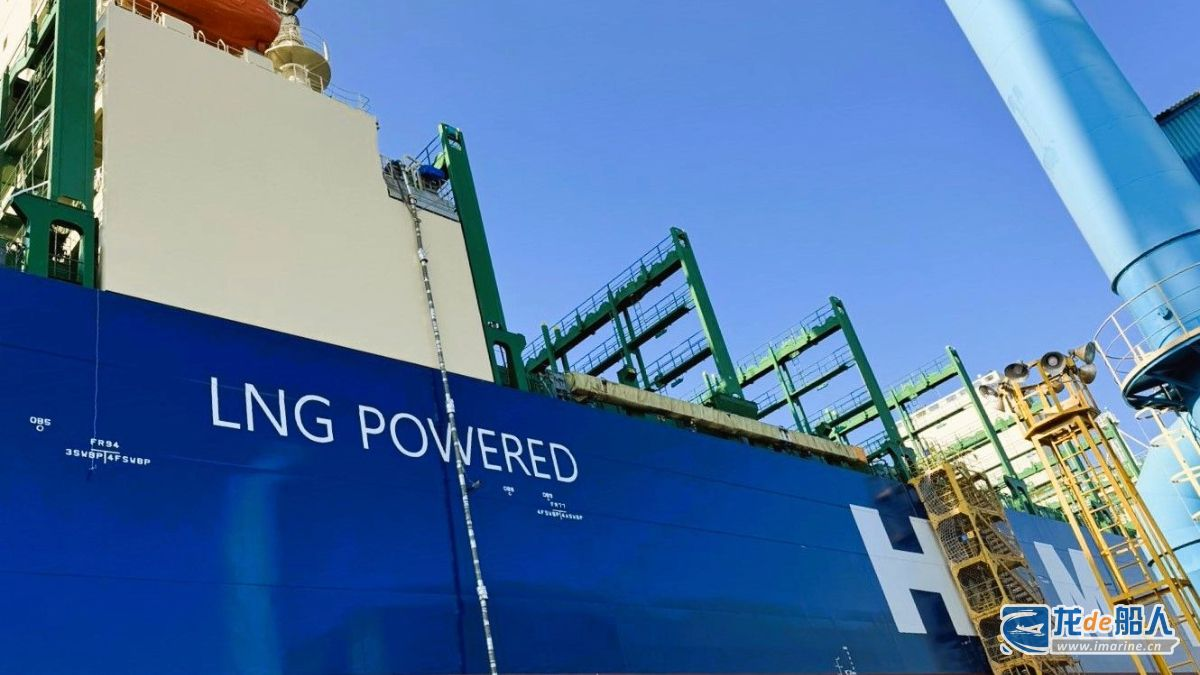The previously stagnant newbuilding market for liquefied natural gas (LNG) bunkering vessels is regaining vitality, with several new vessels ordered this year.

According to Greek media reports, South Korean medium-sized shipyard HJ Heavy Industries has signed a contract with compatriot shipowner H-Line Shipping to build an 18,000 cubic meter LNG bunkering vessel. The order is worth approximately 127.1 billion won (approximately US$88 million) and is expected to be delivered before December 31, 2027.
It is worth noting that the shipbuilding contract announced this time is for the same vessel as the one signed by the two parties in February of this year. After signing a contract for the construction of an 18,000 cubic meter LNG bunkering vessel in February of this year, H-Line Shipping requested to terminate the contract in May and recently placed a new order, concluding the second shipbuilding contract under the same terms.
The vessel measures 144 meters in length, 25.2 meters in width, and 12.8 meters in height, making it a large-scale LNG bunkering vessel capable of supplying 18,000 cubic meters of LNG in a single operation. The vessel is equipped with two independent LNG storage tanks certified by the International Maritime Organization (IMO) and features a dual-fuel propulsion system that can simultaneously utilize environmentally friendly LNG and marine diesel fuel. LNG-powered vessels typically receive fuel from onshore LNG storage tanks, but by using an LNG bunkering vessel, they can directly receive LNG fuel at sea without needing to dock at a port.
It is understood that HJ Heavy Industries’ predecessor, HANJIN Heavy Industries & Construction, obtained a contract from Nippon Yusen Kaisha(NYK) in 2014 to build the 5,100 cubic meter LNG bunkering vessel ENGIE Zeebrugge, which was delivered in 2017, marking the shipyard’s official entry into this market. The vessel is the world’s first dedicated LNG bunkering vessel and is considered “a milestone in the development of the LNG fuel supply chain”.
So far this year, several shipyards, including Jiangnan Shipyard, Huangpu Wenchong Shipbuilding, and HD Hyundai Mipo, have received orders for LNG bunkering vessels. Shipowners have placed orders for nearly 20 new vessels and the market as a whole is showing signs of recovery.
This growth reflects the steady coordination between orders for alternative fuel vessels and the logistics infrastructure needed to support their large-scale application, especially in the LNG sector, where bunkering capacity is becoming a key enabler for its continued adoption.


